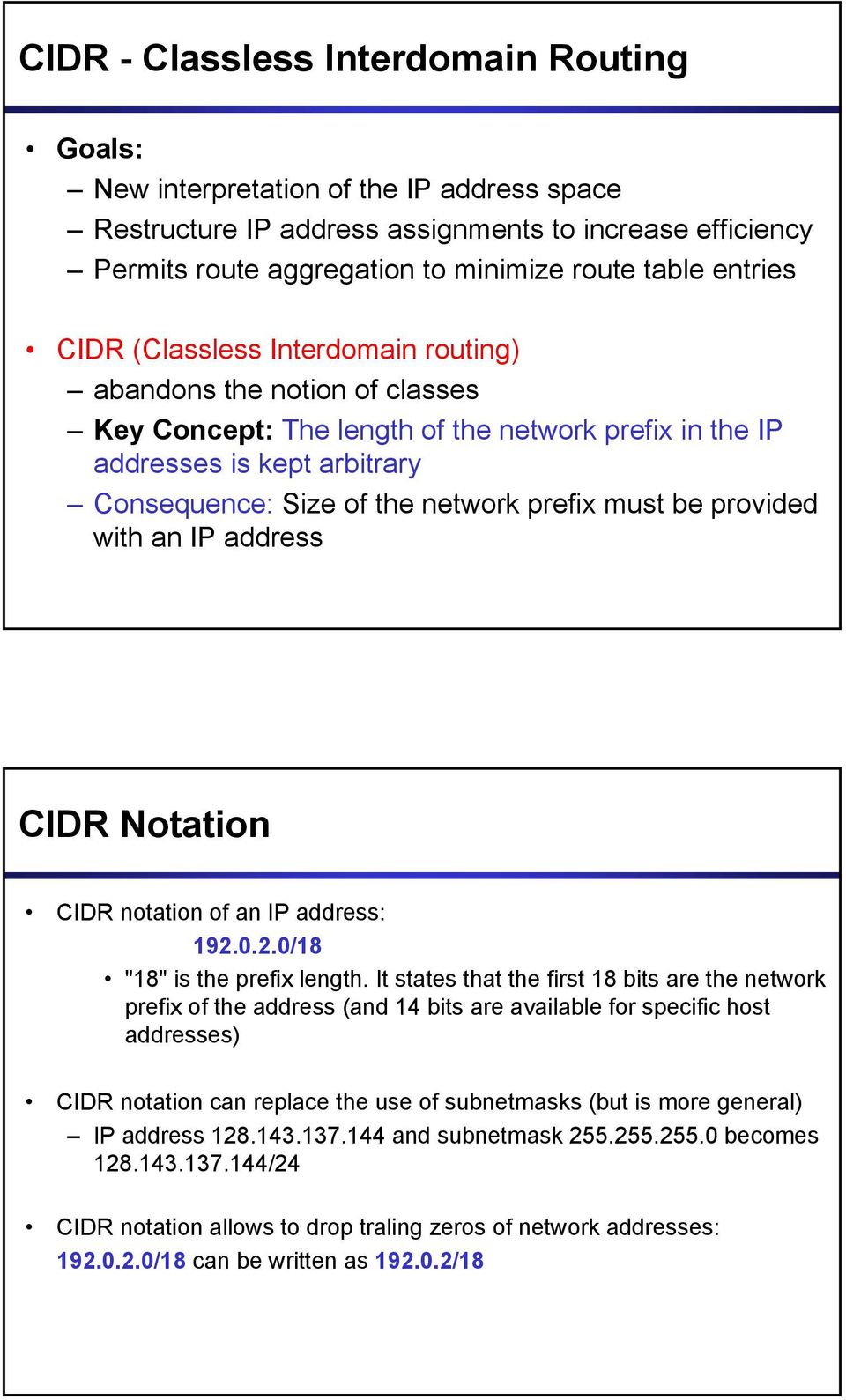
Historical classful network architecture ClassĬlassful network design served its purpose in the startup stage of the Internet, but it lacked scalability in the face of the rapid expansion of the network in the 1990s. The following table gives an overview of this now obsolete system. Each class used successively additional octets in the network identifier, thus reducing the possible number of hosts in the higher order classes ( B and C). Depending on the class derived, the network identification was based on octet boundary segments of the entire address. Three classes ( A, B, and C) were defined for universal unicast addressing. The first three bits of the most significant octet of an IP address were defined as the class of the address. In 1981, the Internet addressing specification was revised with the introduction of classful network architecture.Ĭlassful network design allowed for a larger number of individual network assignments and fine-grained subnetwork design.

This early method soon proved inadequate as additional networks developed that were independent of the existing networks already designated by a network number. The highest order octet (most significant eight bits) in an address was designated as the network number and the remaining bits were called the rest field or host identifier and were used for host numbering within a network. In the early stages of development of the Internet Protocol, network administrators interpreted an IP address in two parts: network number portion and host number portion. In some cases of technical writing, IPv4 addresses may be presented in various hexadecimal, octal, or binary representations. Each part represents a group of 8 bits (octet) of the address. IPv4 addresses are canonically represented in dot-decimal notation, which consists of four decimal numbers, each ranging from 0 to 255, separated by dots, e.g., 172.16.254.1. IPv4 reserves some addresses for special purposes such as private networks (~18 million addresses) or multicast addresses (~270 million addresses). In IPv4 an address consists of 32 bits which limits the address space to 4294967296 (2 32) possible unique addresses. IPv4 addressesĭecomposition of an IPv4 address from dot-decimal notation to its binary value. The gap in version sequence between IPv4 and IPv6 resulted from the assignment of number 5 to the experimental Internet Stream Protocol in 1979, which however was never referred to as IPv5. Because of its prevalence, the generic term IP address typically still refers to the addresses defined by IPv4. Each version defines an IP address differently.

Two versions of the Internet Protocol (IP) are in use: IP Version 4 and IP Version 6. The Internet Assigned Numbers Authority (IANA) manages the IP address space allocations globally and delegates five regional Internet registries (RIRs) to allocate IP address blocks to local Internet registries (Internet service providers) and other entities. However, because of the growth of the Internet and the predicted depletion of available addresses, a new version of IP (IPv6), using 128 bits for the address, was developed in 1995. IPv6 was standardized as RFC 2460 in 1998, and its deployment has been ongoing since the mid-2000s. The designers of the Internet Protocol defined an IP address as a 32-bit number and this system, known as Internet Protocol Version 4 (IPv4), is still in use today. Its role has been characterized as follows: “A name indicates what we seek. An Internet Protocol address ( IP address) is a numerical label assigned to each device (e.g., computer, printer) participating in a computer network that uses the Internet Protocol for communication. An IP address serves two principal functions: host or network interface identification and location addressing.


 0 kommentar(er)
0 kommentar(er)
